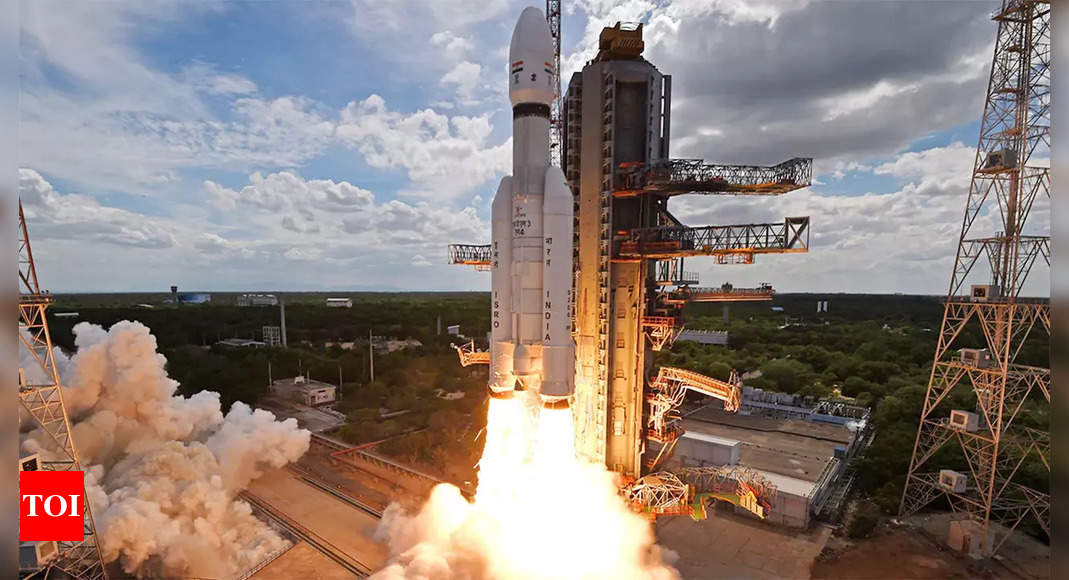As the Indian Space Research Organisation (ISRO) eagerly awaits a response from the Vikram lander and Pragyan rover of the Chandrayaan-3 mission, scientists are already poring over the data received to extract new insights about the lunar soil. The international scientific community is expected to gain valuable knowledge from the work carried out by Vikram and Pragyan, which will be instrumental in planning future lunar missions, including ambitious projects involving human exploration of the Moon.
One area of particular interest is the lunar soil, or regolith. The data gathered by the instruments on board Vikram and Pragyan will contribute to our understanding of the composition and properties of the regolith, which will be crucial for future missions aiming to extract resources from the Moon and establish settlements.
However, the question remains whether the lander and rover will wake up after the sunrise on the Moon. The optimal Sun elevation angle for the systems to function properly is between 6° and 9°, and the temperature needs to rise above a certain threshold. The ISRO chairman, S Somanath, stated that it is still uncertain whether the systems will meet these criteria and wake up during the specified time frame. Further updates are expected by September 21 or 22.
Regardless of whether Vikram and Pragyan wake up, the data already transmitted by the spacecraft is anticipated to yield valuable findings. Previous in situ experiments on the Moon have been mainly conducted in the equatorial region, and the data from Vikram and Pragyan will offer insights into other lunar areas. The data collected by the instruments onboard the spacecraft is extensive, covering various parameters such as the surface properties, seismicity, temperature, and elements present in the lunar soil. It is expected that the data will provide new information about the regolith and its characteristics, such as its density and graininess.
Anil Bharadwaj, the director of the Physical Research Laboratory (PRL), revealed that the data analysis is focused on understanding the topsoil and how it compacts at different depths. The observations indicate that the rover’s movements have caused grooves in the loose soil, and the legs of the lander have penetrated the surface. This information will be vital in determining the characteristics of the regolith layers at various depths and how they retain different features.
The data also revealed temperature variations between -10°C and 60°C at different depths. This range has provided valuable insights into the past volcanic activity on the Moon. Furthermore, the presence of sulfur has also been confirmed, indicating the occurrence of volcanic processes.
Nilesh M Desai, the director of the Isro Space Application Centre (SAC), highlighted the importance of studying the rover data to determine whether frozen ice exists on crater rims. The presence of water ice on the Moon would be crucial for sustaining future human missions, as it could serve as a potential resource for drinking water, oxygen generation, and rocket propellant production.
In conclusion, although the fate of the Vikram lander and Pragyan rover remains uncertain, the data they have already transmitted is expected to provide valuable insights into the lunar soil and other aspects of the Moon’s composition and properties. The findings will contribute to the planning of future missions to the Moon, including those involving human exploration and resource extraction.











